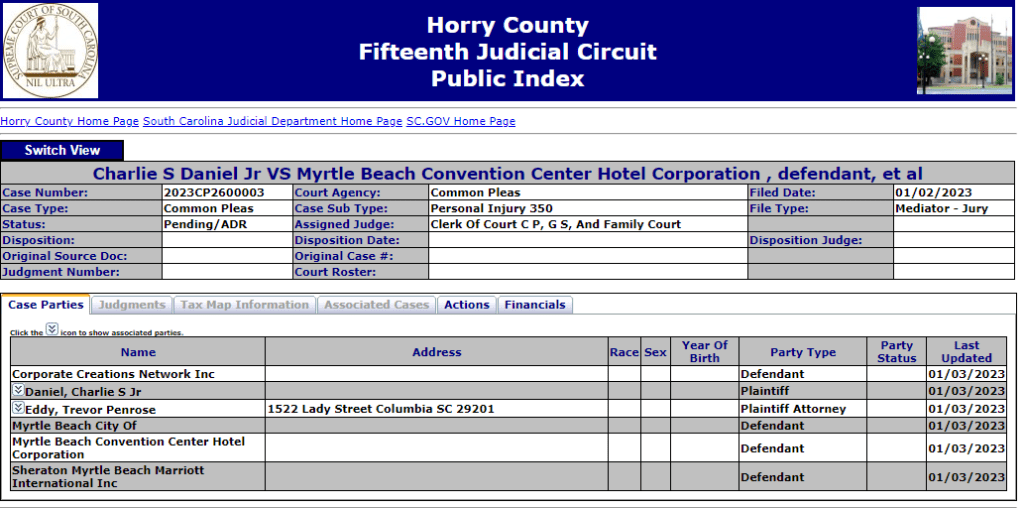Editor’s Note: This article is an adaptation of the new Bed Bug Handbook: The Complete Guide to Bed Bugs and Their Control, 2nd Edition. LJ Pinto, R Cooper and SK Kraft. Pinto & Associates, 2021. For more information, visit techletter.com.
Bed bug lawsuits are most commonly filed against apartments and hotels. But pest control companies can be named as co-defendants. It could be the plaintiff (the party filing the lawsuit) naming the pest control company as a co-defendant. More often, however, it is actually the pest control company’s customer – or, more specifically, the customer’s insurance company – who decides that the pest control company should share in the potential liability as a co-defendant or third-party defendant.
The argument is that since the current defendant hired the company to control bed bugs and the company’s representatives are the bed bug control experts, those experts share responsibility for any bed bug infestation damages awarded by the court.
In a typical bed bug lawsuit, the plaintiff’s attorney will try to convince the jury that the defendant did not act responsibly or meet the “standard of care” that would have been exercised by a reasonably diligent professional in the field, whether as an apartment manager or hotel or providing bed bug services.
In the authors’ experience, most bed bug cases are settled for far less than the asking price: usually less than $20,000, but occasionally much more. However, the dollar amount of a specific settlement is difficult to ascertain. Confidentiality clauses in settlement agreements have become the norm as defendants try to avoid bad publicity and a reputation for being a soft target for claims.
You can’t stop someone from suing you. However, you can take steps today to protect yourself in court tomorrow. Even if a plaintiff wins a judgment against you, or your attorneys decide to settle, you can still reduce the damage you suffer.
MAKE YOUR SERVICE DEFENDABLE. One of the best ways to protect yourself is to make sure you provide an effective and “reasonable” pest control service. Plaintiffs’ attorneys almost always attempt to show that the bed bug service did not meet established “standard of care.” In legal parlance, a professional standard of care is defined as the level of care, diligence and skill required by a professional code or how other professionals in the same discipline would act in similar circumstances.
This discipline could include pest control, home ownership management, hotel management, etc. If you fail to meet the standard of care for your discipline, the court may find you negligent or otherwise guilty.
Plaintiffs’ attorneys typically attempt to show that the defendants deviated from what they consider to be established standards for pest control and property management, including such things as:
- Not taking reasonable and reasonable steps to fix the bed bug problem.
- Excessive time between detecting the infestation and taking appropriate action to control the bed bugs.
- Not ensuring that new tenants move into a bed bug-free apartment.
- No adequate service, treatment, inspection or monitoring for bed bugs.
- Not inspecting rooms or units adjacent to the infested one and not servicing them if necessary.
- Do not keep records of complaints, service, conditions, cooperation, inspections and follow-ups.
- Use of unqualified or inexperienced pest control personnel or contractors.
- Use of ineffective or improper insecticides or equipment.
- Excessive use of insecticides through repeated and unsuccessful treatment of sites, exposing residents (the plaintiffs) to short- and long-term illnesses and injuries.
CARE STANDARDS. The term “standard of care” is problematic for professional bed bug control services because the United States does not have a code of practice for bed bug control, as does Australia, for example. Also, technology is evolving so rapidly that many new bed bug tools and procedures are being released without independent testing by government or otherwise.
Manufacturers say their products work, of course, but it usually takes years for a university or other independent organization to test these products and publish the information.
This means that the industry primarily determines whether many new tools or techniques are effective in the real world by trying them out on their customers. This puts pest control companies at risk in court.
A probably more useful standard for pest control companies is to act “reasonably.” Whether a particular control procedure is “appropriate” can be debated. Protect yourself and your customers by using products and tactics that have a track record and are scientifically backed.
They should be supported in pest control literature and generally conform to best management practices or guidelines such as those provided by the National Pest Management Association (NPMA’s Best Management Practices for Bed Bugs).
PROBLEM AREAS IN COURT. The practices that cause trouble for defendants in court are generally considered problematic or substandard by industry experts, such as: B. the following:
- No inspection of rooms or units adjacent to infested locations.
- Failure to follow manufacturer’s instructions for insecticide applications or heat treatments.
- Dependent on insecticides that have a history of significant bed bug resistance.
- Do not offer follow-up inspections and services.
- Not spending enough time on inspections and service.
- Not using reliable techniques to confirm that control has been achieved.
RISK CONTROL MEASURES. In addition to providing an effective and “reasonable” pest control service, pest control professionals can limit their business’ exposure to bed bug lawsuits by doing the following:
- Practicing defensive records.
- Providing effective bed bug training for technicians, inspectors and sales staff.
- Rapid response to any bed bug crisis.







